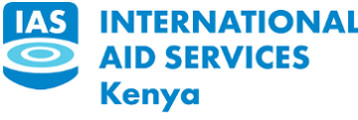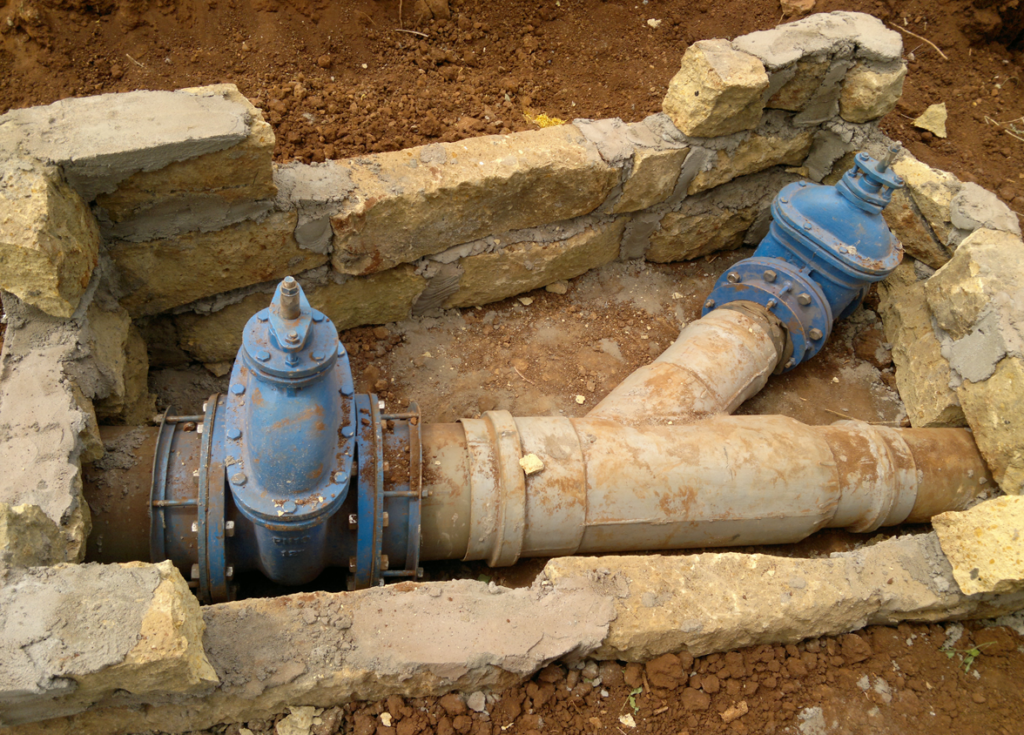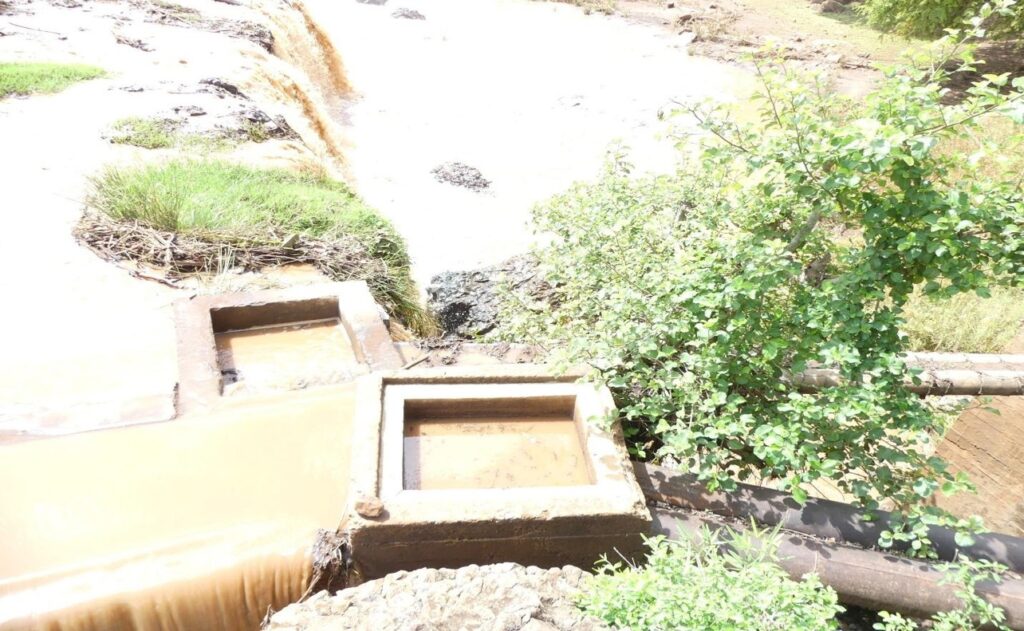Location: Tharaka

A trip to Tharaka Nithi today, would be filled with pleasant sights. One would see farmlands bursting at the seams with leafy vegetables and an abundance of fruits. Ten years ago, this picturesque beauty was not as it is today. This food basket in the rough was dry and bare. In-fact a trip to Tharaka Nithi in 2007 would leave one bewildered by the dryness and poverty. Thorny bushes and occasional sparsely scattered vegetables would be seen during the three-hour trip.

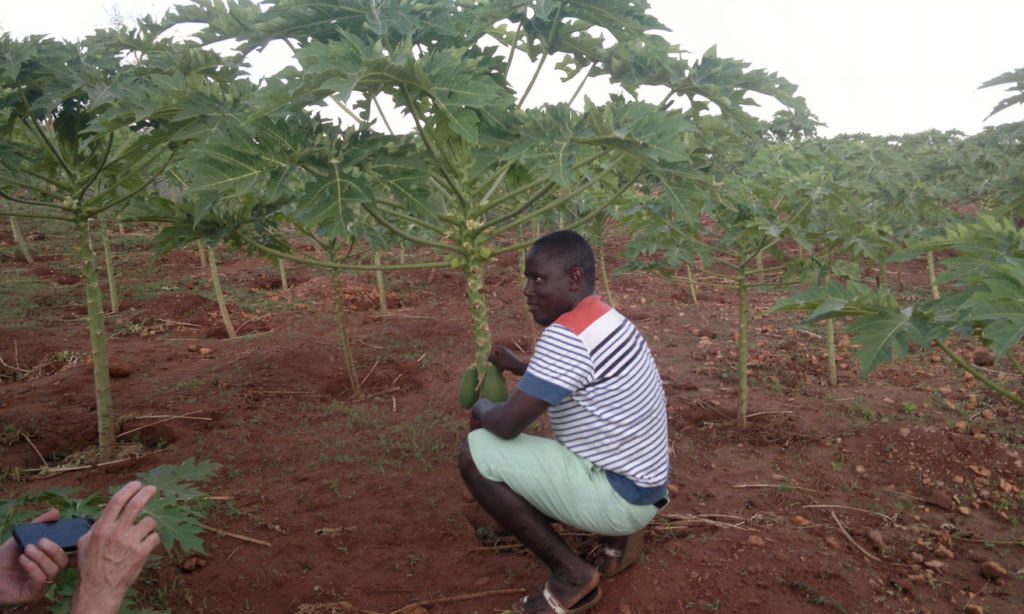
Tharaka Nithi, in Eastern Kenya, is tucked away from Nairobi by about 187 kilometers and is semi-arid. In Kenya, arid lands were dismissed as unproductive because of the tough climatic conditions that include high temperatures and low rainfalls. Ten years ago, the communities were convinced that farming was impossible in Tharaka Nithi. In-fact they heavily relied on food relief for their daily food supplies like other Arid communities in Kenya.
The IAS Kenya projects team realized, however, that food relief was not a lasting solution. Food relief only solved one solution- food for a few months. Besides water scarcity, the community faced other glaring challenges- they did not have regular income and could not afford to take their children to school.
The projects team sat with the community and pondered over the myriad problems in Tharaka Nithi. They all agreed that water scarcity was the root cause and agreed that an abundant plus readily available water supply could provide a lasting solution to the erratic and unreliable weather patterns.
“We tapped water from the nearest river and stored it in an in-take structure. We then built a pipe from the structure that supplied water to farms and households in Tharaka Nithi. Swedish Mission Council (SMC) later came in and funded the second intake structure to increase the amount of water so more farmers could irrigate their farms. We thank the community members, funding partners and government officials. The government county leaders were instrumental because they trusted us to not only provide water but restore hope in the hearts of the people of Tharaka Nithi”, adds Mary Githiomi, the Executive Director of International Aids Service, Kenya.
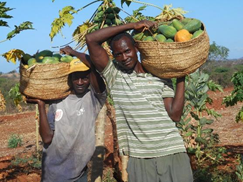
Kale, spinach, papaya, banana, sweet potatoes and maize are some of the crops thriving in East African’s drylands. Initially these crops could not be grown without irrigation in the region, however, these crops are currently being farmed under the drip irrigation system.
I have adopted modern methods like drip-irrigation and applying fertilizers to my crops, a skill I was not knowledgeable about before attending trainings organized by International Aid Services (IAS) Kenya. We have also been trained on team-work, management, conducting market surveys, among others”, shares Henry Gitonga a farmer from Tharaka Nithi.
“Before this water project, the nearest river was 5kms away. We had limited food supplies and malnutrition was prevalent. We also struggled to pay our children’s school fees. Food relief, provided by the government and NGOs was restricted to families in dire situations. With the abundance of water from the in-take, we now grow crops that provide food for our family’s daily meals and we even sell the surplus.
This had helped us get money to send our children to school and build our homes using bricks and mortar. We have been mobilized to form cooperatives to make selling our produce easier. We thank International Aid Services (IAS) Kenya for supporting our community”, he adds. The cottage-industry is another business made possible by the provision of water.
Members of the industry are Tharaka Nithi women’s’ group, a thriving local cooperative. The industry employs 52 women and mentors 52 young girls. A variety of products like hand-weaved baskets are made and sold even as far as Sussex, United Kingdom. This business accounts for 1200 USD on average every 2 months. The women have an innovative juice business that produces liters of fresh fruit juice all-year round especially during the hot seasons. Their secret is extracting and storing the fruit pulp! The pulp is later used to produce fresh thirst-quenching mango and baobab juice. This too provides additional incomes.
Tharaka Nithi is a model community and inspires other semi-arid communities to adopt its model. IAS Kenya launched a new phase of the project in January 2020 and also expanded to Tharaka
The wonders, beauty and development in Tharaka Nithi county are hinged on the abundance of water. If IAS-Kenya did not listen to the community and partner with them to develop a lasting solution, ten years later, Tharaka Nithi would not the food basket it is today!

Please do feel free to share this on your socials
